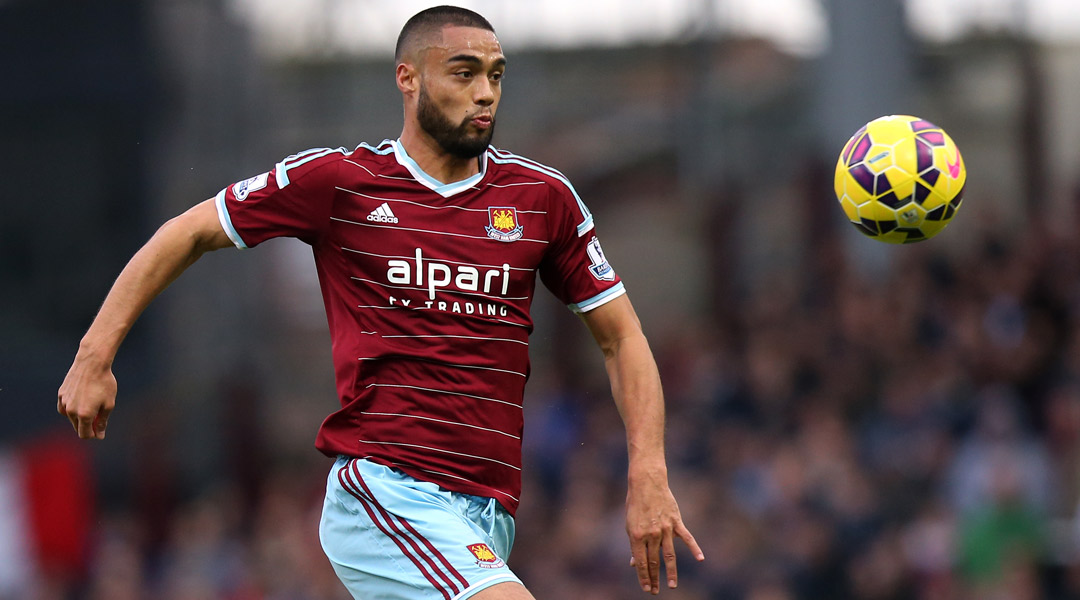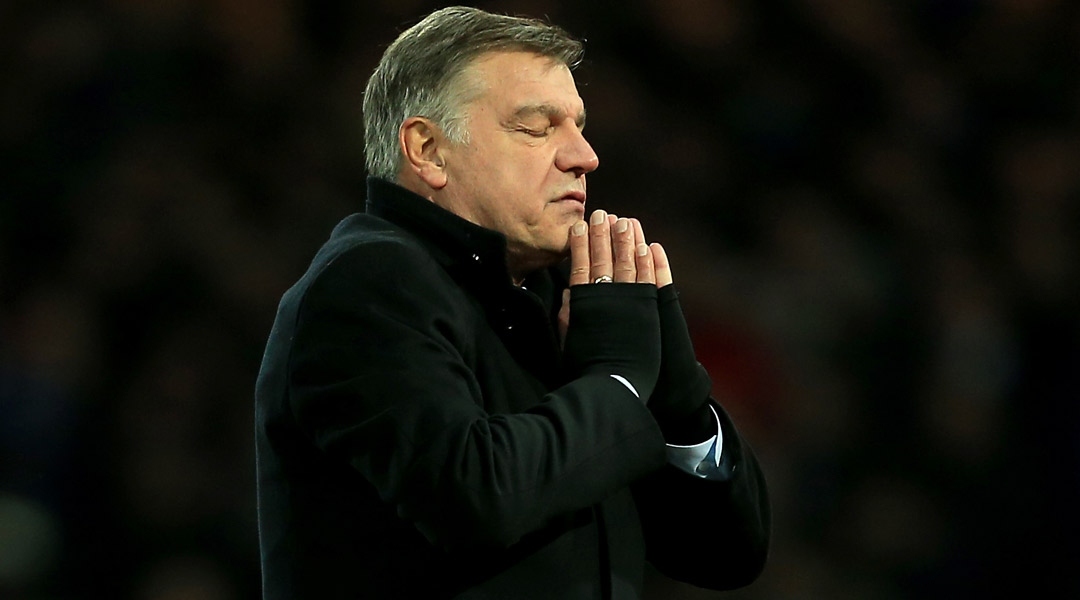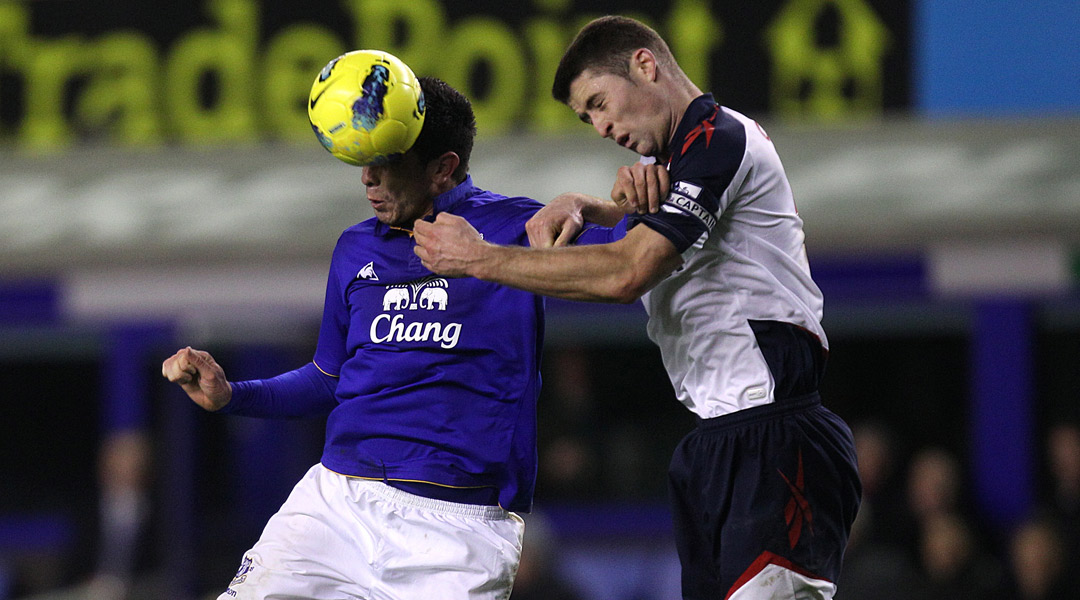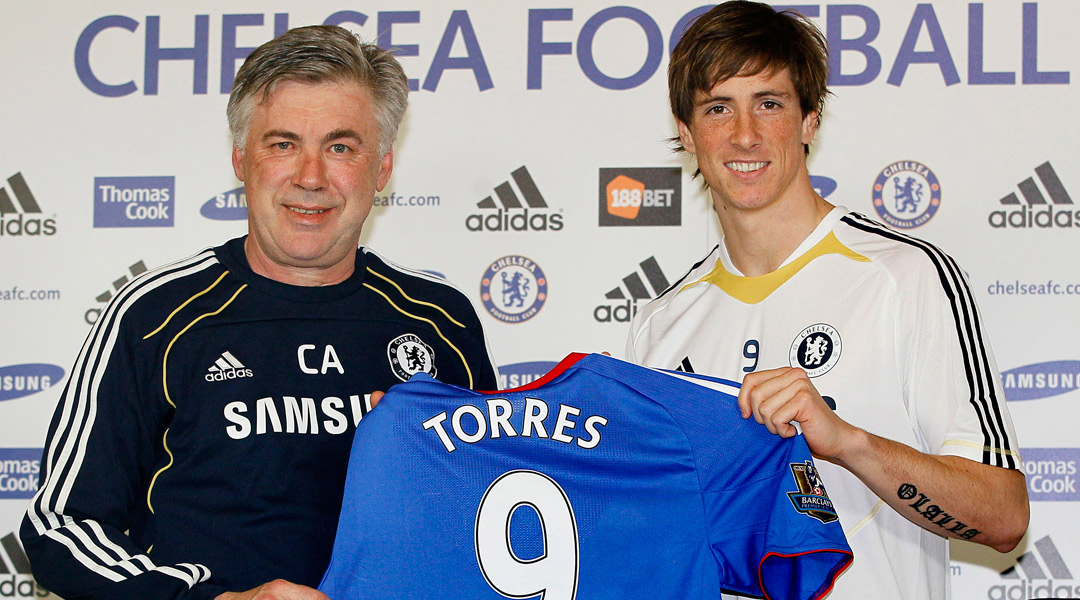January or June: Is it better to buy now or pay later?
As clubs weigh up whether to snap up players this month or wait until the summer window, Louis Massarella assesses how signing or selling six months early could affect your club...

Warning: what you are about to read could render the rest of January completely pointless. Well, perhaps not a total waste of time, but certainly a bit of a lottery – because recent research suggests that there is no hard evidence to link winter transfer window activity and final Premier League position.
Sure, the odd spending spree seems to work, like Portsmouth’s under Harry Redknapp – who else? – in 2006, when Pompey survived after the arrival of seven players (although who’s to say their leap of one position from January to May wouldn’t have happened anyway?).
Bringing in eight players couldn’t save Cardiff last season, though; in fact, on December 31 last season, the Welsh side were outside the relegation zone.
It’s apt to mention teams fighting relegation because figures from the last decade reveal that the nearer you are to the bottom of the Premier League table, the more likely you are to hit the January sales. Nearly five times more likely, in fact.
The notable exception are Chelsea, one of a handful of – how shall we put it? – dysfunctional clubs who make up the second most prolific group of January splurgers. But while Roman Abramovich’s love of buying big stars has often been the main driver of Chelsea’s transfer policy, for most other clubs, it’s all about value – not easy to come by in the panic-buying season.
“The transfer window is a difficult window to operate in,” explained Leicester manager Nigel Pearson recently. “When you are building a side you tend to do the business in the summer. The January window becomes one of inflated prices because people understand there is the need for change, which affects market forces.”
In other words, your season’s not going to plan and you need to make changes. Like, right now. And everybody knows it.
Get FourFourTwo Newsletter
The best features, fun and footballing quizzes, straight to your inbox every week.
Stick or twist?
Under such circumstances it’s rare for both clubs to find value – footballing and financial.
One exception this month could be Winston Reid, who at time of writing is being linked heavily with a move from West Ham to Arsenal. Like many mid-season movers, the Kiwi centre-back is out of contract in the summer, but unlike most, the move – reported to be for around £3 million – would seem to make sense for both clubs.
Even if it proved to be the difference between the Hammers reaching the Europa League or missing out, the money for reaching the group stage only amounts to around £2 million, while the difference in prize and TV money between finishing sixth and seventh in the Premier League also totals a couple of million, give or take.

So the Hammers potentially miss out on a million or so? They also get a few quid for a wantaway player who will leave at the end of the season anyway and may take his eye off the ball in the meantime – as happened to Sam Allardyce with Tal Ben Haim when a move from Bolton to Chelsea fell through in January 2007.
It would be a different story if Allardyce’s men were chasing survival or Champions League qualification, as Arsenal are. With Arsene Wenger’s lack of cover at centre-back again putting the Gunners’ top-four place at risk – despite the summer acquisitions of, er, right-back Mathieu Debuchy and, erm, right-back/holding midfielder Callum Chambers – £3m is peanuts, especially compared to the macadamia nuts they would miss out on if they failed in their quest.
Risk and reward
For buyer and seller, whatever the level, every January deal comes with an element of risk. Perhaps cowed by their experience with Ben Haim five years earlier, Bolton let Gary Cahill move to Chelsea for £7 million in 2012 rather than letting his contract run down. Good business for the Trotters, you’d say, given the centre-back would have left for free six months later.
On Chelsea’s part, the fee wasn’t a risk for a club of their riches, but signing a 26-year-old who was still unproven at European and international level certainly was for a club of their stature. In the event, Chelsea won the Champions League and FA Cup and Cahill soon proved himself a classy operator for club and country, so it all worked out well – except for Bolton, who were relegated on goal difference.

If only Wanderers could afford a crystal ball as expensive as Chelsea’s. Even if that were the case, keeping a player against his will is not an option, even in the middle of a campaign. So says Peter Ridsdale, who oversaw an infamous spending spree – and subsequent fire sale – as Leeds chairman, before taking similar roles at Cardiff, Plymouth, Barnsley and Preston.
“If a player doesn’t want to play for you, the best you can do is get the best price for the club,” said Ridsdale last January, describing what he called the "cat and mouse game" of the winter window.
Smaller window, bigger pressure
As we revel in the tension of seeing which of the two clubs will blink first, it’s easy to forget that there’s an actual human being at the centre of every deal. “From a player’s perspective, I think most would rather move in the summer,” said Sunderland legend Michael Gray in 2010.
“If you move in January, you're basically thrown in at the deep end, and that’s whether you're brought in to boost a winning team or be the lifeline for a struggling side. The pressure is there either way. You might get two or three days’ training before you’re expected to start performing miracles.”
“The manager will know everything about the player’s ability before he arrives, but does he know his mental strength? Will he gel straight away? Because that’s what he will have to do. Will he make the impact expected of him? How will he react if he doesn’t?
“These are all relevant questions on the back of any transfer but they are magnified in the January window. So without question, there is far more pressure on players moving in January than those that move in the summer.”

Indeed there is – especially if you’re an offensive player. In the last five January windows, more than half the signings were attacking midfielders or strikers. The reason is simple: these players can make a tangible difference by way of goals.
Think about it: how many defenders can you name who were signed in the January window and achieved hero status by the end of the season? Playing in a more structured position, they’re likely to take more time to adjust. And even if they do it the ground running, the headlines are still reserved for their more glamorous team-mates further forward.
In fact, many players take time to adapt to their new surroundings: it is in the long term that they prove their value. And remember: for every Daniel Sturridge (well done, Liverpool!), there’s two Fernando Torreses (well done, Liverpool!) or Andy Carrolls (unlucky, Liverpool!), overpriced panic buys unable to provide a boost or stop the rot.
The stats don’t lie: a January signing or seven might just save your season. But don’t count on it.
